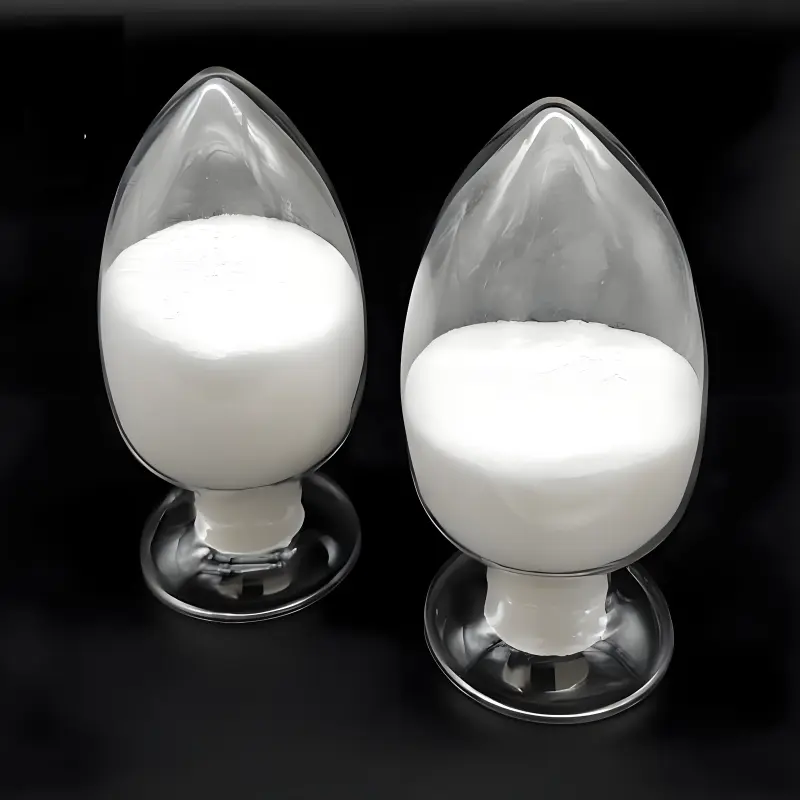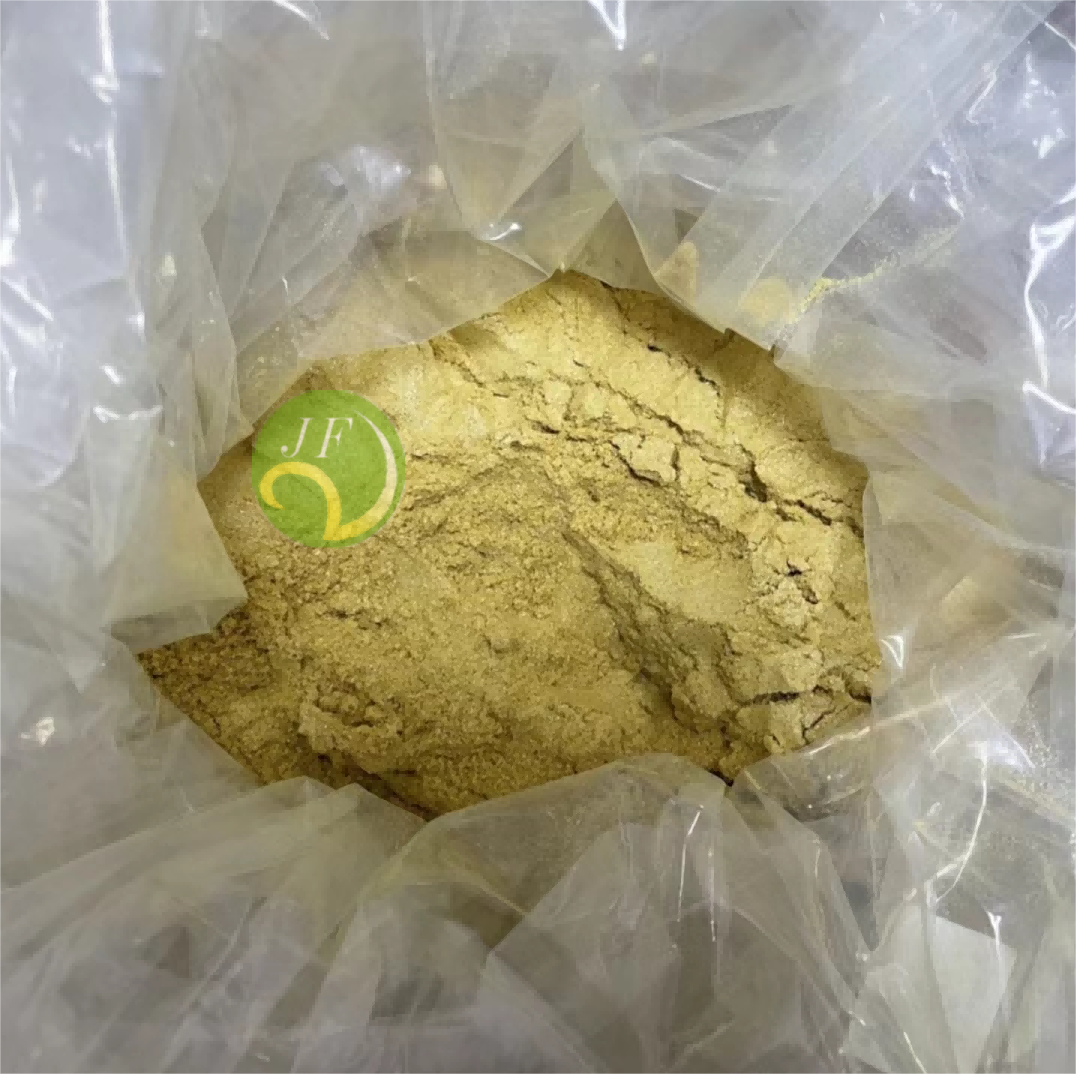-
Categories
-
Pharmaceutical Intermediates
-
Active Pharmaceutical Ingredients
-
Food Additives
- Industrial Coatings
- Agrochemicals
- Dyes and Pigments
- Surfactant
- Flavors and Fragrances
- Chemical Reagents
- Catalyst and Auxiliary
- Natural Products
- Inorganic Chemistry
-
Organic Chemistry
-
Biochemical Engineering
- Analytical Chemistry
-
Cosmetic Ingredient
- Water Treatment Chemical
-
Pharmaceutical Intermediates
Promotion
ECHEMI Mall
Wholesale
Weekly Price
Exhibition
News
-
Trade Service
The following content is only for academic communication of medical and health professionals, if you are a non-medical and health professional, please take the initiative to exit browsing and reading, otherwise you should bear
the risks and consequences arising therefrom.
Drug therapy is an important treatment for acromegaly (hereinafter referred to as "limb megaly"), and somatostatin analogues (SSA) are the preferred drug treatment regimen
.
Lanreotide acetate sustained-release injection (prefilled) (Lanreotide ATG) is one of the main SSAs that have been marketed in China, and is the only drug approved in the world for extended dosing interval therapy in patients with large limbs, today we will deeply analyze the short-term and long-term efficacy, safety, impact on quality of life (QoL) and related factors that can predict long-term efficacy of lanreotide ATG treatment, in order to provide more treatment references for clinical practice
.
introduce
Wang Maode
The First Affiliated Hospital of Xi'an Jiaotong University, professor, doctoral supervisor, vice president
Vice Chairman of the Neurosurgery Branch of the Chinese Geriatrics Association
Member of Chinese Medical Doctor Association
Chairman of the Neurosurgery Branch of Shaanxi Medical Association
Vice President of Shaanxi Research Hospital Association
Efficacy and safety – Lanreotide ATG has a rapid onset of action, sustained benefit > 52 weeks, and is well tolerated
The short- and long-term benefits of lanreotide ATG have been well demonstrated in a variety of large limb populations studied in several studies:
For patients with large limbs who have not received SSA or dopamine agonists, the IPSEN-717 study evaluated the long-term efficacy and safety of lanreotide ATG and showed 1:
➤ Short-term efficacy: In the 4th week after the first injection of lanreotide ATG, the proportion of patients with a decrease in growth hormone (GH) levels by > 50% was significantly higher than that of placebo (63% vs 0%, P<0.
001); After week 16, GH levels decreased by >50% from baseline in 72% of patients, and insulin-like growth factor 1 (IGF-1) levels normalized in 54% of patients; GH and IGF-1 mean (SD) levels plateau after 16 weeks (Figure 1);
➤ Long-term efficacy: After week 52, the mean GH of 82% of patients decreased by >50% from baseline, and IGF-1 levels returned to normal in 59% of patients; The mean GH and IGF-1 levels were significantly reduced by 67.
1% (32.
0%, P<0.
001) and 48.
9% (28.
6%, P<0.
001) respectively from baseline.
➤ Safety: Lanreotide ATG treatment safety is good, most adverse events are mild to moderate, in line with the expected safety characteristics
of SSA.
Figure 1.
Biochemical control of patients with lanreotide ATG therapy
For untreated or uncontrolled patients with MPR, the IPSEN-081 study evaluated the efficacy and safety of lanreotide ATG in patients with MPR, and the results showed that 2:
➤ Short-term efficacy: after the 12th week of lanreotide ATG treatment, IGF-1 levels returned to normal in 26% of patients (Table 1);
➤ Long-term efficacy: After week 48, GH levels ≤ 2.
5 μg/L in 85% of patients, and IGF-1 levels returned to normal in 43% of patients (Table 1);
➤ Safety: At the end of treatment, clinical symptoms of patients with MPA improved and were well tolerated, consistent with
the known safety profile of SSA.
Table 1.
Patients with controlled GH or IGF-1 or both (Intention-to-Treat Analysis Set [ITT] population)
For treatment-naïve patients, the PRIMARYS study evaluated the efficacy of lanreotide ATG on tumor volume reduction (TVR) in GH-secretory pituitary macroadenoma limb-primy patients, and the results showed 3:
➤ Short-term efficacy: After the 12th week of lanreotide ATG treatment, 54.
1% of patients had tumor volume reduction ≥20%, and the tumor shrinkage trend continued until the end of the study (Figure 2); GH and/or IGF-1 levels decreased significantly from week 12, and the proportion of patients meeting GH and/or IGF-1 levels increased over time;
➤ Long-term efficacy: After week 48, 89.
9% of patients had tumor volume reduction, and 62.
9% had tumor volume reduction ≥ 20%.
➤ Safety: Lanreotide ATG safety is consistent
with safety results from known studies.
Figure 2.
Tumor volume over time (ITT population)
QoL – lanreotide ATG can significantly improve the short- and long-term prognosis of patients with large limbs
The PRIMARYS QoL study, based on PRIMARYS study data, evaluated the correlation between QoL measures (patient-reported symptoms, and general health-related QoL, physical and mental health) and biochemical control in patients with large limbs receiving lanreotide ATG for 48 weeks, and the results showed:
Short-term effects on QoL: after week 12 of lanreotide ATG treatment, the total score of the patient's self-reported Limb Megasymptom Questionnaire (PASQ) decreased significantly (mean change, -7.
1) and continued to the last available value (LVA) after baseline (mean change, -7.
6); After 12 weeks of lanreotide ATG treatment, the overall limb large QoL (AcroQoL) score improved significantly from baseline (mean change, 8.
0) and remained to LVA (mean change, 7.
9); Improvements in all dimensions and subdimensions of health-related QoL (HRQoL) (physiological, mental, physical appearance and relationships);
Long-term effects on QoL: After week 48 of lanreotide ATG treatment, approximately 60% of patients had a significant improvement in total symptom scores at LVA, and the change in AcroQoL scores was significantly higher in patients who achieved biochemical control during treatment (Figure 3)4
.
Figure 3.
Changes in AcroQoL score in patients (whether biochemical control is achieved) during lanreotide ATG therapy
Predictors of long-term remission – baseline IGF-1 levels and GH and IGF-1 levels at week 12
The PRIMARYS post-hoc analysis further evaluated the factors that predicted long-term remission with lanreotide ATG therapy, and showed that in LVA, 34.
1% of patients achieved hormonal control (defined as GH≤2.
5 micrograms/L and normal IGF-1 levels);
Baseline measures for achieving long-term remission: older age, female sex, and lower IGF-1 levels were associated with achieving long-term hormonal control (Table 2);
Predictors of treatment at 12 weeks of treatment that can achieve long-term remission: GH< 1.
2 μg/L and IGF-1 level < 110% upper limit of normal (ULN).
This study suggests that it may be possible to predict whether treatment-naïve patients with GH pituitary adenoma are likely to show long-term biochemical response or control over the 28-day lanreotide ATG regimen as early as week 12 after treatment5
.
Table 2.
Univariate logistic regression analysis results
Summary
In summary, lanreotide ATG has a rapid onset of action and good long-term efficacy and safety in patients with limb large, and 63% of patients with GH levels decreased by >50% from baseline 4 weeks after the first injection, and increased to 82% after 52 weeks of treatment, and were well tolerated, and the safety characteristics were in line with the expected safety
of SSA.
In addition, patients experience significant improvement in QoL at week 12 and further improvement
over time.
It can be seen that lanreotide ATG is the preferred regimen with rapid onset, good long-term efficacy, good safety, rapid and continuous improvement of patient QoL, and clinicians can screen out patients who are more likely to achieve long-term remission through relevant indicators after baseline and 12 weeks of treatment, so that patients can achieve greater benefits
.
·Expert reviews·
Limb large is a chronic progressive endocrine disease, and when diagnosed, most patients with large limbs and their comorbidities are more obvious, seriously affecting the quality of life, therefore, most patients receiving drug treatment need timely and long-term treatment, it is of great significance
to choose a drug treatment regimen with rapid onset and long-term efficacy, good safety and improved prognosis.
First-generation long-acting SSA for injection Lanreotide ATG is not only one of the main drug treatment regimens for limb large, but also a commonly used treatment regimen in clinical practice
.
From the above analysis, it can be seen that lanreotide ATG has three major advantages: 1.
Rapid control of biochemical indexes and rapid tumor shrinkage: after the 4th week of the first injection, the GH of 63% of patients decreased by >50% from baseline, and after 3 injections, 54.
1% of patients reduced tumor volume by ≥20%, which helped to improve patients' treatment confidence; 2.
Good long-term efficacy and good safety: after 1 year of treatment, the proportion of patients whose GH level is reduced by >50% compared with baseline is as high as 82%, and there are few adverse reactions; 3.
It can significantly improve clinical symptoms and QoL
.
In addition, biochemical control
is more likely to be achieved at lanreotide ATG for 12 months of continuation of lanreotide ATG in patients with GH/IGF-1 hypersecretion in treatment-naïve patients with GH pituitary macroadenoma who are elderly, female, have low baseline IGF-1 levels, or have a GH < of 1.
2 μg/L and IGF-1 levels < 110% ULN at 12 weeks of lanreotide ATG treatment.
Statement:
This video/information/article is written and provided by the editors/healthcare professionals of the Ipsen medical team, and is intended for academic communication between healthcare professionals and is not supported for any form of forwarding to non-healthcare professionals; If there is any violation, you shall bear your own responsibility; When forwarding to other healthcare professionals, please also consciously protect intellectual property rights
.
The content of this video/information/article should not in any way replace professional medical guidance and should not be considered as medical advice
.
Any drug appearing in the content is not for advertising purposes, and healthcare professionals should strictly follow the instructions
approved for use in China if prescribed by the medical professional.
Ipsen does not assume any liability
in this regard.
References:
1.
Melmed S et al.
Pituitary.
2010; 13:18-28.
2.
Chanson P et al.
Clinical Endocrinology (2008) 69, 299-305.
3.
Caron PJ et al.
J Clin Endocrinol Metab.
2014; 99(4):1282-90.
4.
Caron PJ et al.
Pituitary.
2016; 19(2):149-57.
5.
Petersenn S, et al.
Pituitary.
2020 Apr; 23(2)171-181.
Approval number: SOM-CN-001420
Validity: 09 October 2023






